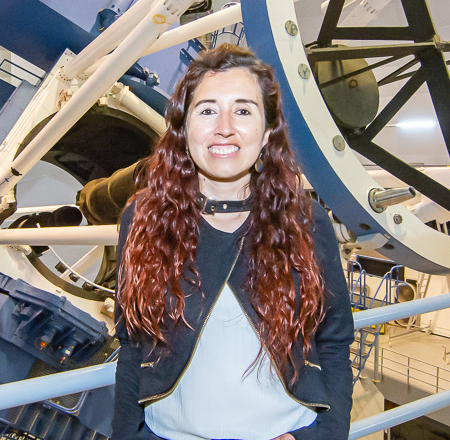Dr. Yasna Ordenes Briceño, Universidad Diego Portales
November 5th, 14:30
FIC Auditorium

Galaxies are complex systems whose present-day properties reflect a long history of star formation, accretion, and dynamical evolution. The nearby Universe offers an unparalleled window into these processes, enabling detailed studies of galaxies and their stellar constituents. In this talk, I will discuss how observations of galaxies in the Local Universe, particularly in clusters of galaxies, provide fundamental clues into the mechanisms driving galaxy assembly. By combining multi-wavelength photometry and Integral Field unit spectrography of integrated stellar populations, along with tracers such as nuclear star clusters and globular clusters, we can trace how galaxies build up their mass and morphologies over cosmic time.
I will present results from studies on the Fornax Cluster, based on deep multi-wavelength photometry and the Centaurus Cluster, using MUSE data analyzed with the BUDDI software. These analyses employ innovative methodologies relevant to the data-intensive era of astrophysics, offering approaches that can be applied to forthcoming large surveys such as LSST and CHANCES, which promise to transform our understanding of galaxy formation and evolution in the local cosmic environment.

